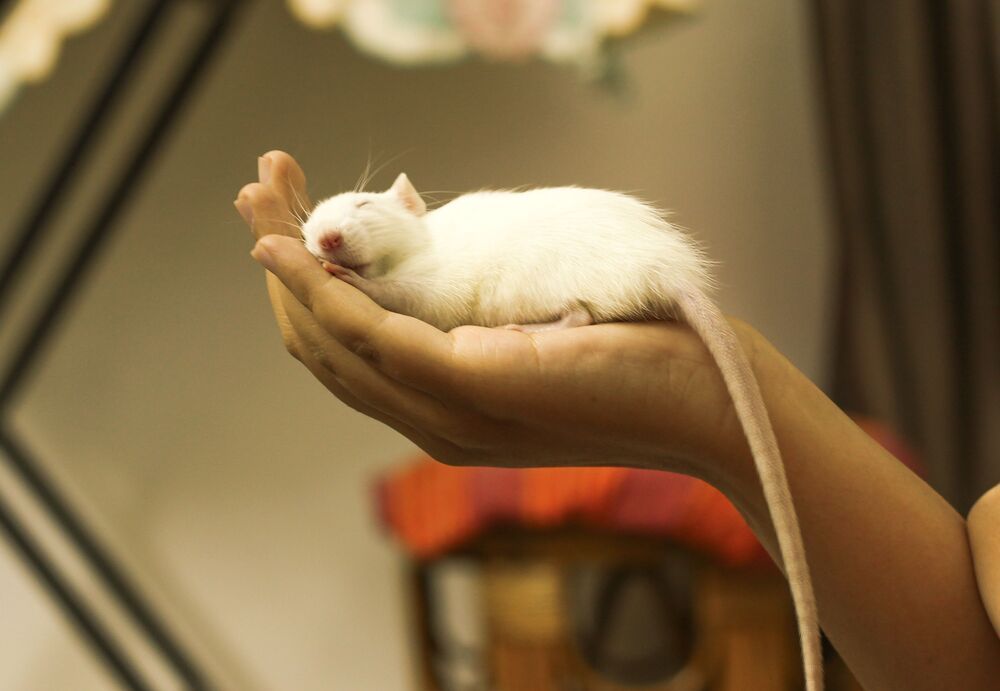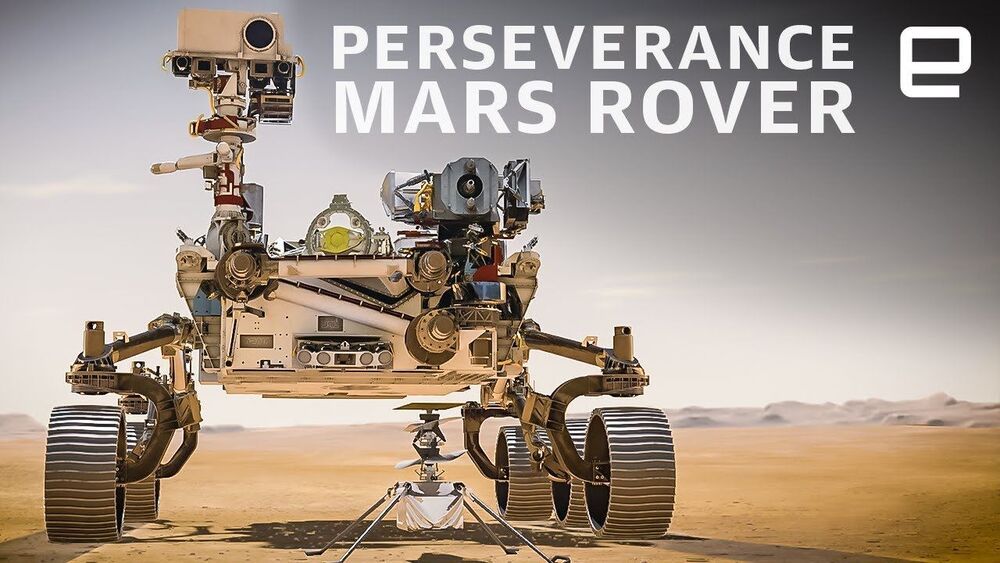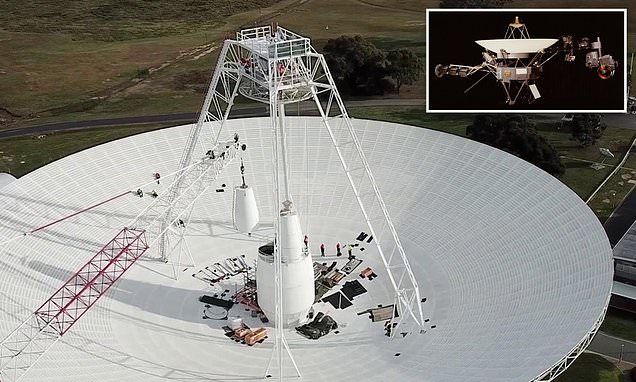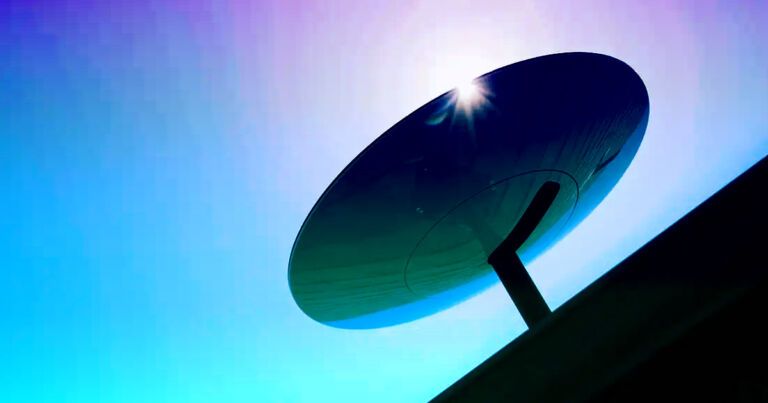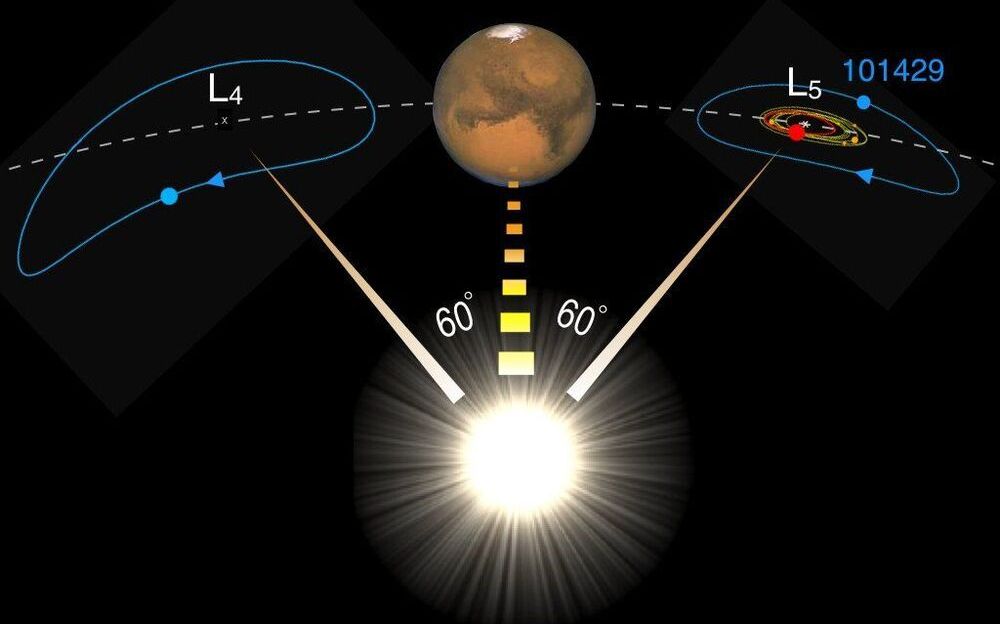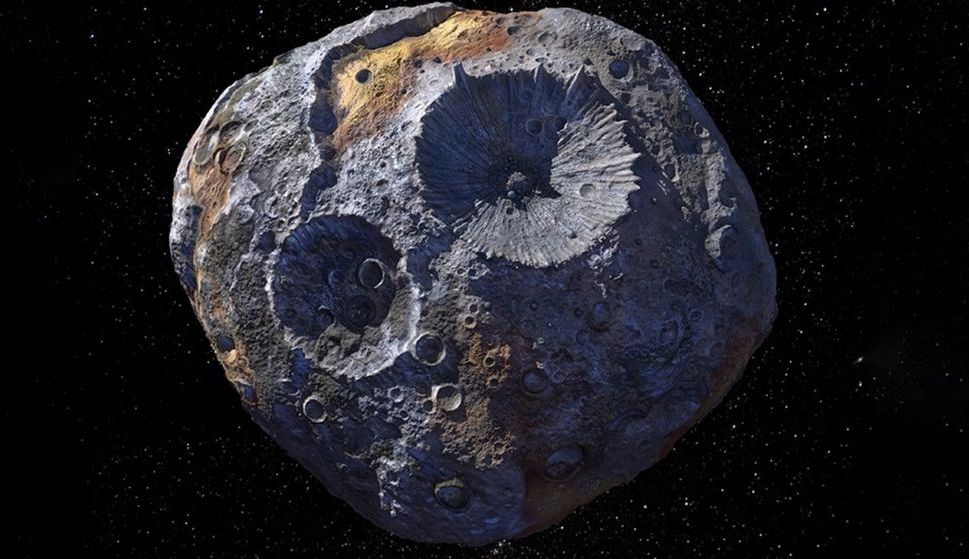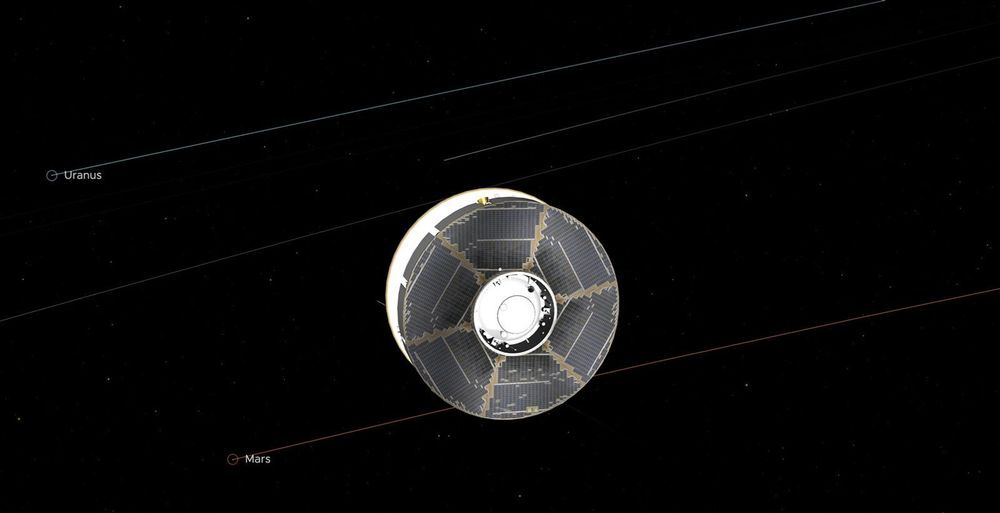Some animals, like mice and birds, are able to bring their body temperature and metabolism way down to conserve energy, going into a sleep-like state called torpor. Now researchers have identified the brain cells that trigger this state, showing they can activate it on demand. The team was even able to do it in rats, which don’t normally do it at all, suggesting that such a “suspended animation” state might eventually be possible in humans.
Torpor seems to have evolved as a survival strategy during times of food scarcity, allowing animals to snooze through cold nights or even entire winters without wasting too much energy keeping their body temperature up. That of course allows them to survive until things warm up again, and food becomes more plentiful.
Scientists have toyed with the idea of inducing this kind of hibernation state in humans to reduce the resources and room required for long treks into space. Now researchers at Harvard and the University of Tsukuba in Japan may have made progress towards doing just that.
